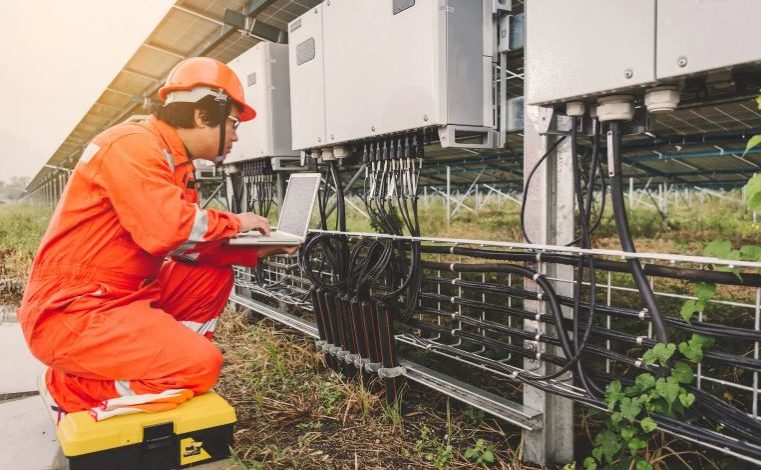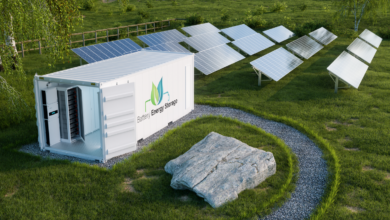Woodmac’s analysis of the photovoltaic inverter market
(Sustainabilityenvironment.com) – Increasing shipments of photovoltaic inverter globally. In 2021, aided by various government supports to the green recovery, the sector scored a more 22% compared to 2020, translating into a total of 225,386 MWac. But the market, as always when it comes to solar technology, is very polarized. To date, 10 companies alone represent 82% of the world’s industry. Analysts at Wood Mackenzie, a company in Verisk, monitored them to offer today a ranking of the largest suppliers of solar inverters.
“Despite rising commodity prices, supply chain challenges, and construction delays, global shipments of PV inverters continue to rise,” explains Annie Rabi Bernard, an expert at Wood Mackenzie. “Leading suppliers have become bigger and top players continue to consolidate market share in 2021″. It’s no surprise to find that the top ten places are firmly occupied by Chinese companies. As also mentioned in the latest report of the International Energy Agency, China focuses on its territory over 80% of photovoltaic supply chains. And inverters are no exception.
The classification of producers
For the seventh consecutive year, the Chinese Huawei and Sungrow continue to lead the group, occupying the first and second positions respectively. Huawei’s market share remained stable at 23% in 2021, while Sungrow was ranked second in growth compared to 2020. The third place finisher, Growatt, represented 7% of the market share, taking the place of the German SMA, slipped instead in sixth place. Together, the top three suppliers control more than half of the global pv inverter market.
Read also From the Solar Prize a look at the future of photovoltaic technology
GoodWe jumped up four places to fifth place in 2021 focusing on the Asia Pacific market, especially China and South Korea. The company also achieved the largest growth in supplies: almost five times between 2019 and 2021 pre-covid. Enter for the first time in the top ten, the Israeli SolarEdge that has secured the ninth place in 2021 with a focus on the European market. In terms of demand, however, Asia Pacific has catalyzed more than half of global inverter supplies, Europe 23% and the United States 14%.






